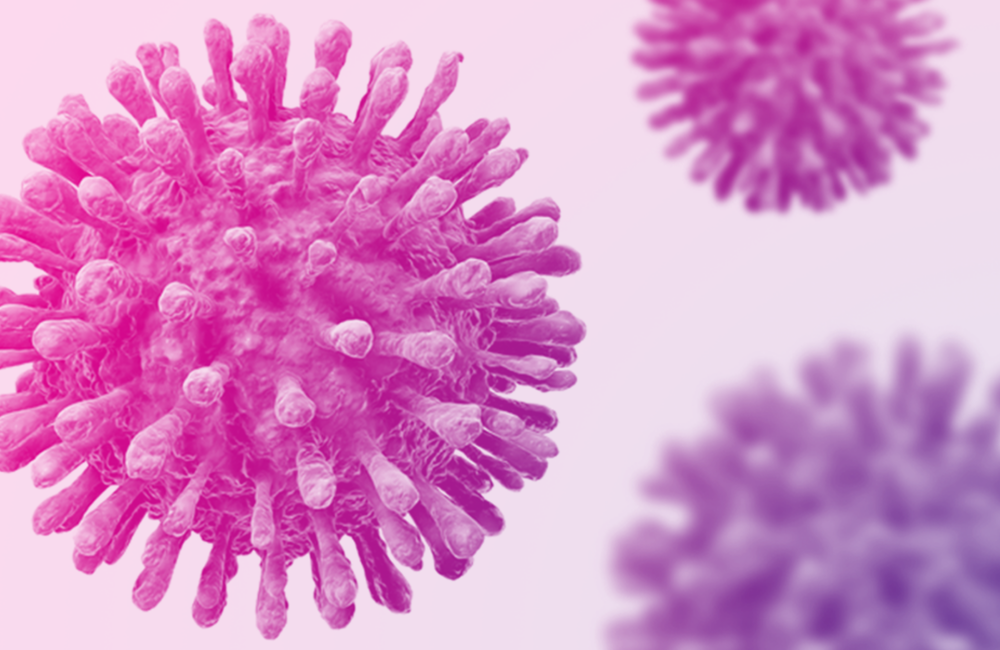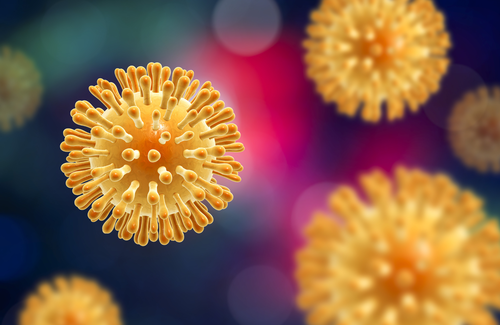
CRISPR gene editing was safe and moderately effective in introducing stem cells that lacked the CCR5 receptor and were immune to HIV infection after chemotherapy eradicated the immune system of a man with HIV and acute lymphocytic leukaemia, Chinese researchers report in The New England Journal of Medicine this week.
The CCR5 receptor on human cells is used by HIV to gain entry to the cell. When the CCR5 receptor is not present on the cell surface, HIV cannot gain entry to the cell unless it has evolved to use another receptor, CCR4. Most viruses are not adapted to use CCR4. A genetic mutation called CCR5-delta 32 prevents HIV infection entirely if a person inherits the mutation from both parents. Around 1% of people of northern European descent are CCR5-delta 32 homozygous, meaning they have inherited the mutation from both parents.
The Chinese experiment was designed to test whether it was possible to genetically engineer an equivalent to the eradication of HIV in Timothy Ray Brown. The so-called 'Berlin patient' appears to have been cured of HIV after a stem cell transplant from a donor lacking the CCR5 receptor repopulated his immune system after chemotherapy to treat acute myeloid leukaemia.
CRISPR stands for Clustered Regularly Interspaced Short Palindromic Repeats and CRISPR-associated protein 9. It is a gene-editing technique by which researchers can design a piece of RNA to attach to a specific site in a DNA chain. The RNA is packaged with a bacterial enzyme, Cas9, which cuts DNA. The cell’s own genetic repair machinery then inserts a customised sequence of DNA.
In the case of CRISPR gene editing for CCR5 deletion, the technique introduces a DNA sequence that contains the code to make new stem cells or progenitor cells that lack the CCR5 receptor. These blood stem and progenitor cells will differentiate into a wide range of blood cells that include CD4+ and CD8+ lymphocytes. All the progeny of these stem cells will lack the CCR5 receptor.
No results from trials of CRISPR-based therapies for any disease have been published yet, so the Chinese results are amongst the first to report on the safety of the technique. Chinese researchers are at the forefront of CRISPR-based therapeutic research in cancer.
A Chinese scientist claimed earlier this year to have used CRIPSR to genetically engineer immunity to HIV infection by embryonic genome editing, so that twin girls were born CCR5-homozygous. That experiment was strongly condemned as unethical by other researchers and human embryo genome editing is prohibited in many countries except for laboratory research.
Professor Hongkui Deng of Peking University Stem Cell Research Center and colleagues at major research institutions in Beijing reported on the case in The New England Journal of Medicine. He was not associated with the CRISPR editing experiments on human embryos.
This experiment tested the safety and feasibility of transplantation of CRISPR-Cas9-modified stem cells into a person living with HIV during treatment for acute lymphocytic leukaemia. The person studied was a 27-year-old man, diagnosed with HIV two weeks prior to a diagnosis of acute lymphocytic leukaemia in 2016. At diagnosis he had a CD4 cell count of 528 cells/mm3 and a viral load of 850,000 copies/ml (a viral load suggestive of primary infection, a question not addressed by the study authors). He started antiretroviral treatment immediately and achieved an undetectable viral load one year later. He received six courses of chemotherapy and achieved complete remission of leukaemia. In June 2017 he underwent a stem cell transplant from a donor who had unmutated CCR5 gene. The stem cell transplant is a routine procedure after chemotherapy for acute lymphocytic leukaemia.
Before transplantation, CD34+ cells were harvested and subjected to CRISPR editing in order to insert the CCR5 gene mutation.
Of the cells harvested, 17% were gene-edited. After engraftment, CCR5-deleted cells never comprised more than 5-8% of the karyocytes in the bone marrow (precursors for white blood cells). Cells descended from the engrafted cells showed similar proportion of CCR5-deleted cells, showing that the edited gene persists when the cells differentiate into new types of blood cell. However, a lower proportion of CCR5-deleted cells was found in CD4+ and CD8+ T-cells, perhaps due to the persistence of donor T-cells that were not altered. The CCR5-deleted cells persisted for at least 19 months after transplant.
The patient suffered the usual side-effects of a stem cell transplant including anaemia, neutropenia and thrombocytopenia, but no adverse effects of CCR5 deletion were detected. No gene-edits away from the target site in the genome were detected in cells sampled from bone marrow four months, 12 months and 19 months after transplantation.
However, in an accompanying editorial Professor Carl June of the University of Pennsylvania’s Center for Cellular Immunotherapies warns that the low frequency of CCR5-deleted cells and the consequent small sample in a single patient means that rare genetic changes might be missed.
Seven months after transplantation an analytic treatment interruption took place to determine if the CCR5-deleted cells had any impact on viral load. The patient provided written informed consent for the treatment interruption. By this time his CD4 count had normalised to over 500 cells/mm3, having declined to around 200 cells/mm3 150 days after transplantation, and he had an undetectable viral load.
The treatment interruption lasted four weeks, during which time the patient’s viral load increased to 3 million copies/ml and his CD4 cell count declined to 250 cells/mm3. The study protocol required treatment to be resumed if viral load exceeded 100,000 copies/ml or the CD4 cell count fell below 250 cells/mm3. Viral load became undetectable again after treatment was resumed.
Levels of total and integrated HIV-1 DNA in CD4 cells increased after treatment interruption by approximately 2 log, indicating rapid expansion of the HIV reservoir, and still remained above the pre-interruption level a year later.
During the treatment interruption the proportion of CCR5-deleted CD4+ T-cells increased from 2.96% to 4.39%.
“To further clarify the anti-HIV effect of CCR5-ablated HSPCs, it will be essential to increase the gene-editing efficiency of our CRISPR-Cas9 system and improve the transplantation protocol,” the researchers conclude. Alteration of more cells in a donor sample and the engraftment of a higher proportion of the altered cells might lead to a larger population of CCR5-deleted cells in the recipient. So might engineering of pluripotent stem cells, which are the precursors to blood stem cells.
The researchers point out that CRISPR-Cas9 editing of blood stem cells may overcome a potential drawback of the CCR5 delta-32 mutation – reduced life expectancy, as identified in a recently published study – by only editing blood cells. The mechanism by which CCR5 might affect life expectancy remains unclear, although some scientists argue that the mutation might increase vulnerability to some viral infections such as influenza.
Lei Xu et al. CRISPR-edited stem cells in a patient with HIV and acute lymphocytic leukemia. The New England Journal of Medicine, advance online publication, 11 September 2019. DOI: 10.1056/NEJMoa1817426
June CH. Emerging use of CRISPR technology – chasing the elusive HIV cure. The New England Journal of Medicine, advance online publication, 11 September 2019. DOI: 10.1056/NEJMe1910754

